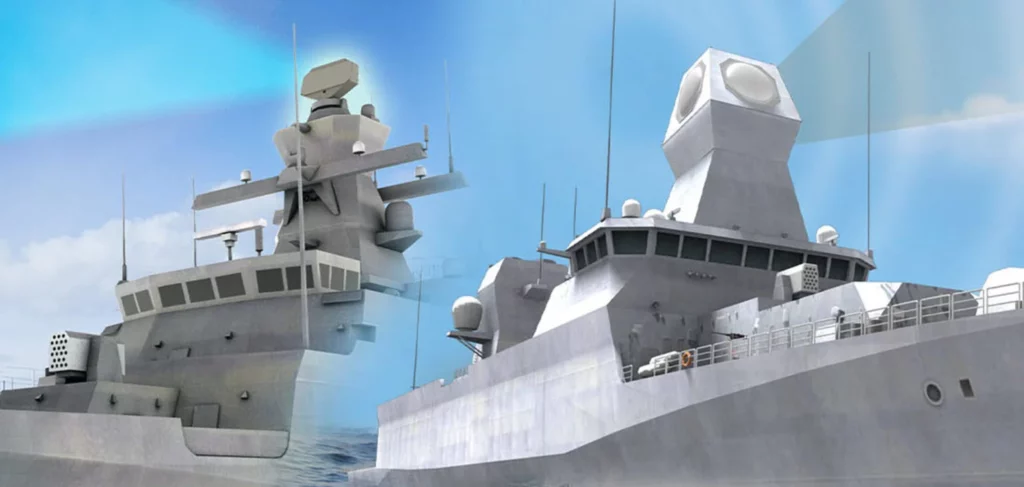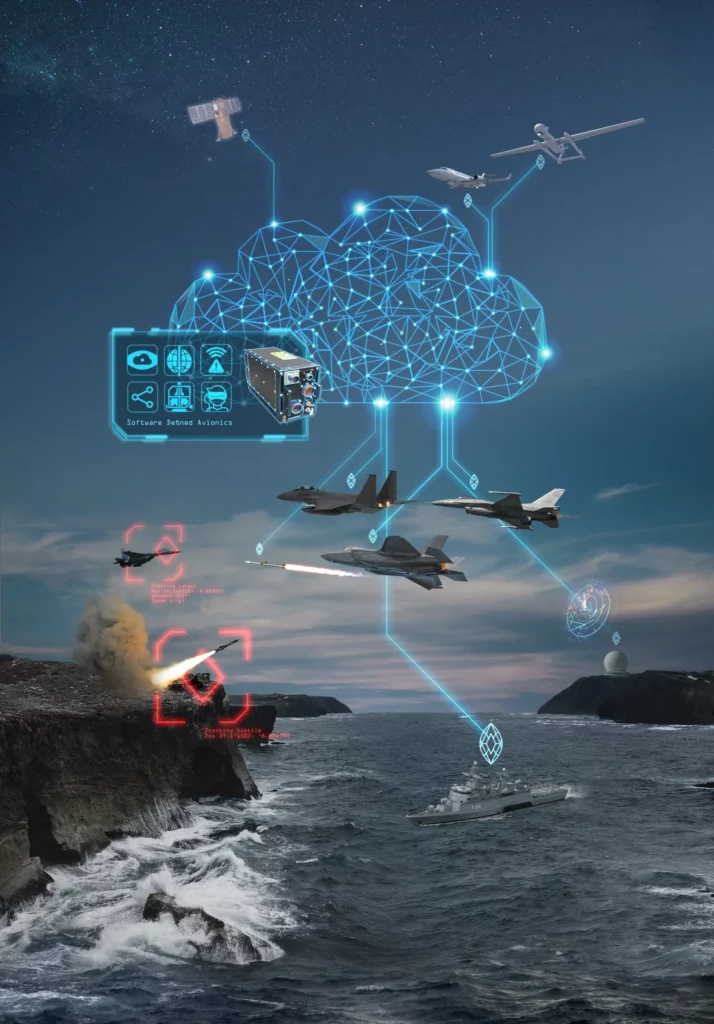01 May IAI Bolsters its Maritime Capabilities

April 4, 2023 –
The global economy depends on the security and seamless flow of maritime transportation. But there are many vulnerable targets: large commercial ports that serve extensive maritime trade, energy infrastructures at sea, and marine transportation lines are exposed to various threats; To address these risks, nations are modernizing their maritime security and naval capabilities by enhancing intelligence
and maintaining constant situational awareness and maritime dominance over vast maritime areas.
IAI, Israel’s leading Aerospace and Defense company, has a significant maritime portfolio covering a wide range of missions at sea, such as naval warfare, maritime security, power projection, surface, and underwater operations, securing offshore facilities, and protection of coastal areas and critical assets. By offering unique solutions tailored to the operational needs of global markets, IAI considers its maritime activity a key growth driver for the future.
IAI’s maritime activity focuses on several aspects: Maritime Situational Awareness (MSA), Offensive and Defensive Weapon Systems, and Autonomous Technologies.
MSA is essential for controlling maritime sovereignty and naval operations. It involves creating and sharing the maritime situational picture. As naval forces face increasingly diverse and numerous threats, MSA has become a critical capability. Coastguards and navies’ areas of responsibility have expanded with the declaration of Economic Exclusion Zones (EEZ) that extend hundreds of miles offshore. IAI offers a multi-layered comprehensive solution for these needs, from maritime search, target detection, and simultaneous tracking of thousands of targets to filtering and prioritizing information, alerting and responding to suspicious events, and facilitating accurate decision-making and prompt responses.
MSA is generated by a system of systems based entirely on IAI’s proven technologies. Information from satellites, radars, electro-optical and electronic sensors on ships, maritime patrol aircraft, and UAVs, as well as commercial data-based information systems, is streamed to the MSA processing core, creating the situational picture. Advanced computer vision, artificial intelligence, and machine learning techniques process and fuse these information streams, producing a comprehensive, detailed, and updated situational picture sharable among stakeholders. As the world pioneer in Unmanned Aerial Systems (UAS), IAI offers the advanced maritime Heron UAS equipped with sensors suite of Maritime Patrol Radar (MPR) with Inverse Synthetic Aperture Radar (ISAR) capabilities, Signal intelligence, powerful electro-optics, and Automatic Identification System (AIS) for surveillance and patrol missions over littorals and high seas.
Such systems must operate efficiently in environments congested and cluttered with objects and overcome interference while constantly monitoring thousands of commercial and civilian vessels. By learning routine activity and focusing on anomalies, the system can more effectively alert, detect and identify threats, prompting closer investigation and response.
Successful operations depend on efficient connectivity between naval, land, and airborne assets, manned and unmanned. To achieve this goal, IAI implements OPAL, as a connectivity framework that enables different applications operating on different platforms to share information and functionality to achieve multi-domain operation.

Weapon systems must also be capable of engaging threats without endangering non- involved vessels. IAI’s loitering missiles prove highly effective weapons for selective actionable response by providing the ability to collect intel and assess the situation a the target, select an impact point, and even abort an attack if the conditions demand such action.
MSA also involves wide-area surveillance against air threats to provide air and missile defense for naval vessels and maritime infrastructures. The Barak MX air defense system offers this capability, providing long range, effective, hemispheric air and missile defense for naval and land-based forces. Operational with the Israeli Navy and foreign armies and navies, Barak MX features a high level of connectivity, enabling the system to address complex scenarios and extend coverage to protect vast areas over land and sea at varying heights and distances.
IAI also specializes in combat suites for naval and patrol vessels, integrating advanced in-house-developed technologies with highly efficient modern open architecture systems. This approach allows external systems to be integrated into the core system IAI provides and vice versa. Weapon systems and sensors made by IAI can also be integrated into other Combat Management Systems when required for the mission or customer’s request. An example of this integrated combat suite is the Israel Navy Sa’ar 6
corvette. IAI integrated radars, offensive and defensive weapons, and other capabilities on the ship to meet diverse naval requirements while minimizing development risks and maintaining affordability.
The company also invests significantly in systems autonomy across air, land, and sea domains, including underwater and surface applications. This investment addresses autonomy technology for platforms and sensors and the user interface development enabling unmanned systems to execute operational missions autonomously. With these technologies, remotely controlled platforms with partial or full autonomy can undertake independent missions and return to base without operator involvement. In the future, such capabilities will be integrated into vessels of all sizes.
Adapting to lessons learned from different conflicts, IAI works with industry partners, customers, and navies to prepare to meet the future threats appearing on the horizon. This collaboration allows for a better understanding of developing challenges in the naval arena, meeting new needs, and seizing opportunities for improvement.
ORIGINAL ARTICLE HERE
